by SGI-USA youth leaders
Amelia Gonzalez Tesch and Shota Okajima
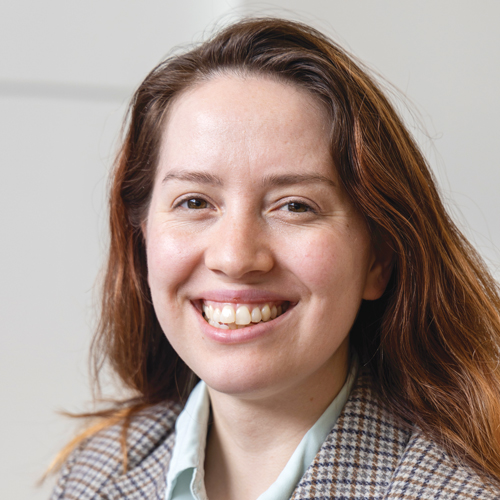
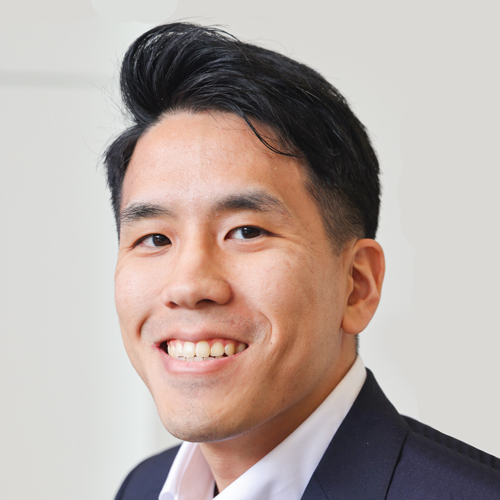
On March 30, we celebrate the 70th anniversary of Ikeda Sensei’s appointment as youth division chief of staff. Although he was just 26, it marked the time when he took on a more central role in the Soka Gakkai’s development. In his diary, he wrote of his resolve to propel kosen-rufu forward and spread the Mystic Law amid the problems roiling the world.[1]
For more than 70 years, Sensei has been leading the way in this endeavor for the sake of humanity. In a recent message to the youth, whom he described as “leaders who bear the outcome of the 21st century on your shoulders,” Sensei declared with a lion’s roar that “to advance kosen-rufu is to advance peace for the entire planet.”[2]
Now, it is solely up to us as his disciples to stand up based on his example and create a new history. We are determined that, grounded in expanding our friendships and fostering youth, we will transform our communities! Our first milestone is the March Youth Peace Festivals hosted by each chapter in the SGI-USA!
Recalling his time as youth division chief of staff and entrusting the youth to shoulder the future, Sensei said:
With your minds and bodies brimming with “the power that has the lion’s ferocity”[3] as taught in the Lotus Sutra, summon forth strong life force to blast away all obstacles and negative functions, including the devil of illness, and vibrantly take the lead for kosen-rufu![4]
Responding to Sensei’s call, let’s celebrate the 70th anniversary of his appointment as youth chief of staff by creating a youthful departure for everyone in the SGI-USA! As youth leaders, we will spare no effort in making Sensei’s vision a reality here in America. Thank you very much for joining us in this fight!
What does it mean to ‘Advance With 10 Friends’?
Living Buddhism interviewed SGI-USA youth leaders about how they are advancing toward their March Youth Peace Festivals and the importance of cultivating genuine friendships in their communities.
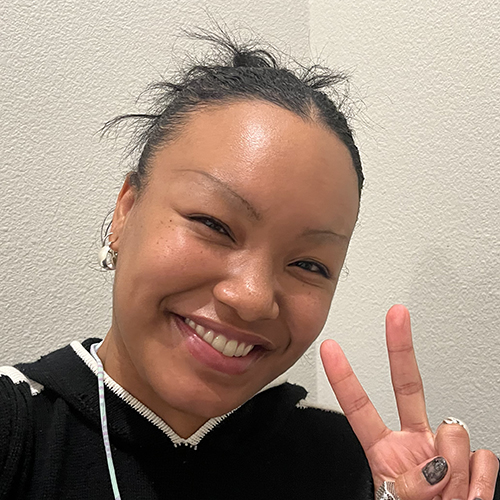
Narumi Nekpenekpen
Long Beach, Calif.
I introduced a good friend to Buddhism last year. Recently, she hit an obstacle, and her instinct was to distance herself from her Buddhist practice rather than use it to break through. I see that tendency in my life as well. So I’m in the process of figuring out how I can support her and, together with her, experience a breakthrough!
Of course, I practice for myself to become happy, but it doesn’t make sense if I’m breaking through and all of my friends are going through something. My friend is one person, but there is a whole community around them. If they win, that radiates to their environment.
I want all of my friends to participate in the March Youth Peace Festival, and for everyone who attends to feel energized and alive!

Guthrie Haydon
Boston
At last year’s Young Men’s Division Conference at the Florida Nature and Culture Center, we participated in a friendship summit. Questions about how to overcome our own negativity in order to make friends were super common. I think that’s the key to making friends authentically—overcoming our own negativity to bring forth our true selves. I’ve been deeply chanting for my friends and, at the same time, chanting to get over whatever is holding me back in life.
I chant for every person in my environment and try to interact with people based on a high life condition. I don’t know how this works, but when I chant, I’m able to notice people’s suffering more. I’m 20, and people my age struggle with loneliness. They don’t like themselves; they struggle with purpose and a sense of mission. Young people are in desperate need for heart-to-heart connection, so I’m determined to cultivate new genuine connections toward the March Youth Peace Festival.
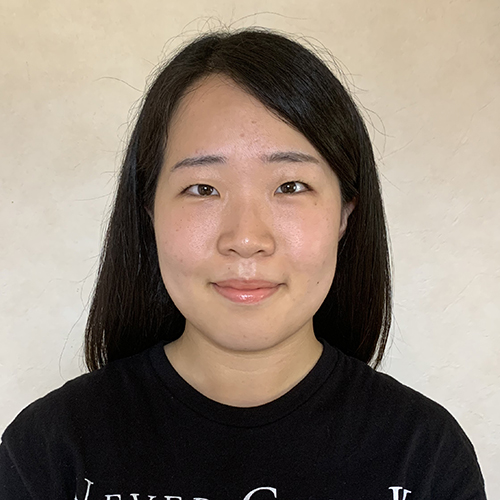
Haruka Fujii
Boulder, Colo.
Having 10 “friends” could be easy, but I don’t think we are talking about superficial friendships. I think the difference between a genuine friend and an acquaintance is that in a genuine friendship, you have the compassion to help someone overcome their sufferings. I think it’s about acknowledging someone’s struggles and giving them the confidence to challenge them!
Many of the youth around me are fixated on the idea that success in life is equal to making a lot of money, and they strive for materialistic happiness. But I want to help offer a more profound way to look at the world based on Nichiren Buddhism. That is why I started a campus club at the University of Colorado, Boulder, where anyone can learn about this Buddhism. While it might be a challenge, it will be worth it to share this philosophy with so many young people!
I learned this year that even if I’m busy, when I do my best in SGI activities I can win in all aspects of my life! It’s as if I can generate more time and use my time more wisely when I take responsibility for my own goals and victories.
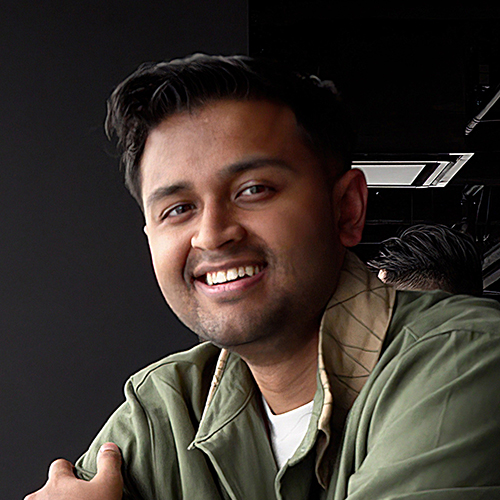
Sujay Mishra
Dallas
I’m an introvert, so anything that I do to make connections is already out of my bandwidth.At least that’s how I used to see it. Because of the SGI, I have a foundation for having and building a community.
I had just moved to Dallas when the COVID-19 pandemic hit. I was isolated from friends, in a new place and felt helpless. But I started chanting to meet people and for my situation to improve, and I fought a little bit every day to make connections. For example, I would take walks outside and say hi to people in my neighborhood. Or I’d go to my favorite coffee shop and strike up a conversation. I approached a student on campus last year while he was outside working on an assignment, and we talked for 40 minutes. He ended up coming to our YMD outing last July and has become a close friend.
I want to carry on Ikeda Sensei’s spirit. People respond to this genuine care for their life. I’m determined to create an environment at the March Youth Peace Festivals that is the total opposite of the isolated feeling I experienced during the pandemic lockdown.
Encouragement for Victory
The youth are studying the following guidance from Ikeda Sensei toward the March Youth Peace Festivals.
Our Aim: Transform Our Karma and Become Happy
“The aim of our Buddhist practice—our chanting and our activities to share Buddhism with others—is to transform our karma and become happy. Soka Gakkai activities are actually for our own benefit. There is no suffering that cannot be overcome through our efforts to chant and teach others about Buddhism. [Second Soka Gakkai President Josei] Toda was unequivocal on this point.
“That’s why I stressed that each member should use this campaign to make a breakthrough in their personal problems, to show actual proof of benefit and of changing their karma. More than anything, it was my wish that all the chapter members become happy. Or, rather, as chapter advisor, I felt responsible to ensure that they could.
“The members all firmly resolved to transform their karma, roused their fighting spirit and started to make great efforts. They actively challenged themselves in chanting and talking to others about the Daishonin’s teachings. As a result, the number of people they encouraged to join the Soka Gakkai grew day by day at an astonishing pace. (The New Human Revolution, vol. 26, pp. 371–72)
1. Prayer
“Anyone would think that victory is impossible … and that’s probably how you feel right now. But don’t forget this marvelous Gohonzon we have. It has the power to transform what you’d normally think is impossible into something possible. Those who give up before they try don’t really know the power of the Mystic Law. …
“As long as we look at our situation with only ordinary reason, there won’t be the slightest chance for us to win. But the Daishonin tells us plainly that the Gohonzon has infinite power. The only question is whether or not we believe him. If we think that we are really disciples of the Daishonin, we first have to pray powerfully to carry out the kind of courageous practice that can make the impossible possible.” (The Human Revolution, p. 1321)
2. Unity
No one must fall by the wayside in the long journey of kosen-rufu. We must all climb the summit of victory together. For that reason, too, it is crucial that we encourage those who are facing the most painful struggles, those in regions where the situation is the most challenging. …
My “Bunkyo revolution” started the moment I walked into that room where the leaders of the Bunkyo Chapter had gathered. When I led them in chanting three times, the members’ voices weren’t in unison. This was a sign that they weren’t united in their struggle for kosen-rufu either. I repeated the chanting of three daimoku again and again until they could do it in unison.
Chanting is not just some empty formality. Daimoku is the most important weapon of spiritual champions, the most powerful weapon in all the universe. When we chant in unity with a common purpose, we can create an invincible alliance dedicated to the cause of good and justice. Distracted chanting is like a camera lens that is out of focus. When members’ minds are not united, they are unable to summon their full strength or produce positive results.
True unity is not achieved by self-sacrifice that demands that we suppress and kill our own individuality; rather, it is attained by the expansion of our inner state of life, breaking out of the tiny shell of our lesser ego. It is a struggle in which we unite in purpose toward a lofty goal, while each of us strives to make the most of our unique talents and abilities. That is why faith based on the principle of many in body, one in mind leads to development, victory and happiness.
More than anything, I wanted our Bunkyo members to have self-confidence. I reminded them that we were engaged in realizing kosen-rufu, a momentous endeavor beyond the abilities of the most powerful political leader, the richest tycoon. There could be no greater source of pride or glory than this. (Making the Impossible Possible, pp. 31–32)
3. Personal Initiative
The organization’s overall momentum is determined by the energy and the tenacity of purpose of the leaders.
I boldly took the initiative, throwing my entire being into the struggle. I never hesitated, staying constantly on the go and speaking without rest. I spent every day, from early morning until late at night, encouraging our members in every corner of Osaka. There were times when I attended twenty-
five or twenty-six meetings in a single day, always on the move, always telling myself, “I have time for one more” and “I can encourage more members.” I was drenched with sweat, my voice was hoarse from speaking, and my legs felt like cement. There were so many people I had to meet, so many people I wanted to see and encourage, so many people I wanted to contact within the limited time of each twenty-four-hour day. If I let this moment, this opportunity pass by, I might never be able to see this person again. That’s why I was so desperate to make the most of every second. (Making the Impossible Possible, pp. 59–60)
4. Fostering Youthful Successors
[Shin’ichi Yamamoto] talked about the attitude with which to engage in Soka Gakkai activities.
“First, it is essential that we consistently offer personal guidance with the deep resolve to foster each chapter member to become an outstanding capable person.”
“What is the Soka Gakkai’s greatest treasure? It is people. Fostering people leads directly to advancing kosen-rufu. And personal guidance is the sure way to develop people of ability.”
On the path of kosen-rufu, there will be many challenges we need to overcome as we carry out our activities. Each of us must therefore bravely take action with deep commitment and resolve.
Some members may participate in activities because they’re inspired by the ideal of kosen-rufu dedicated to realizing world peace and the happiness of all people. Others may do so because they’re determined to make a breakthrough in changing such karma as illness or economic hardship. And some may start taking part in activities because they wish to deepen their conviction in faith.
An important aim of personal guidance is to help each person understand the purpose of their faith and activities for kosen-rufu. It is to enable them to engage in their Buddhist practice and Soka Gakkai activities with enthusiasm and hope.
Argentine writer Eduardo Mallea (1903–82) declared that when a person has a clear purpose, there is joy and action.
Large meetings have time constraints and focus mainly on announcing upcoming activities. But for the activities to be carried out according to plan, it is crucial for chapter leaders to talk with their members and help them understand the importance of being involved. If we neglect such efforts, the noble endeavor of kosen-rufu will end up going nowhere.
“Second,” Shin’ichi continued, “giving your all to support your members is for the sake of kosen-rufu, and it brings you immeasurable benefit. Therefore, please be assured that all your efforts to foster others help you as well.
“Third, please maintain strong faith with gratitude and joy to be carrying out this most noble Buddhist practice that enables us to attain Buddhahood in this lifetime.
“Fourth, I hope you will be compassionate leaders who pray deeply every day for each of your members to receive the full benefits of faith.
Shin’ichi wanted to talk about these fundamental points for chapter leaders before the upcoming chapter general meetings.
In closing, he said: “You are bound to experience pain and suffering in your daily lives and on the path of kosen-rufu. But whenever you feel stuck, chant Nam-myoho-renge-kyo. We always have the Gohonzon!
“Strong faith and strong prayers will open the way forward and determine everything. Please attain a vast and serene state of life by putting daimoku first.” (September 2023 Living Buddhism, pp. 46–48)
You are reading {{ meterCount }} of {{ meterMax }} free premium articles

